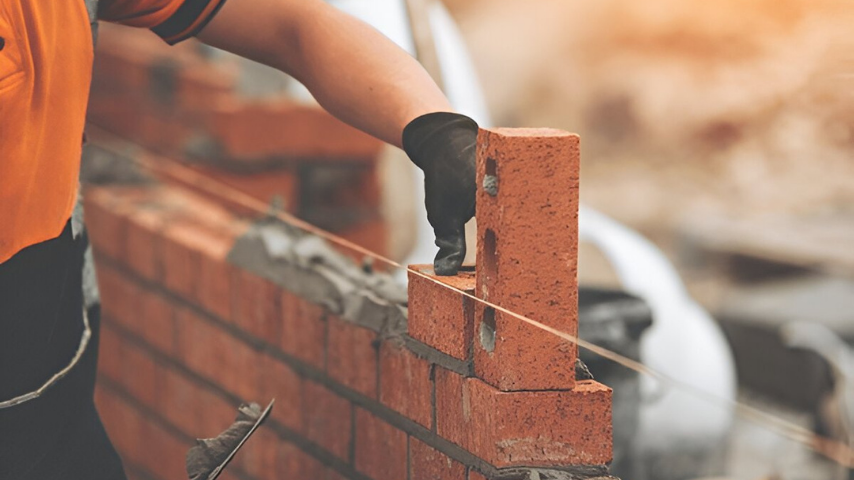Types of Bricks: Complete Guide for Modern Construction
Introduction
Bricks have been the backbone of construction for centuries. From ancient structures to modern homes, bricks play a vital role in providing strength, durability, and aesthetic appeal. But what exactly is a brick, and why is it so important in construction? In this complete guide, we’ll explore types of bricks, brick dimensions, prices, and their uses, along with tips for choosing the best bricks for house construction.
What is Brick?
Brick meaning:
A solid or hollow block, usually rectangular, that forms the basic unit in masonry construction.
A brick is a small, rectangular building block made from clay, cement, fly ash, or other materials. It is widely used in construction for walls, pavements, and other structures. There are various types of bricks available in the market. These bricks are known for their strength, fire resistance, and cost-effectiveness, making them one of the most preferred building materials worldwide in residential, industrial, and commercial projects.
HSN Codes for Different types of Bricks in India:
✔ Cement/Concrete Bricks: HSN 6810 (18% GST)
✔ Ceramic Building Bricks: HSN 6904 (5% GST)
✔ Fire Clay/Refractory Bricks: HSN 6902 (18% GST)
4 Main Types of Bricks Used in Construction
Bricks come in different materials, shapes, and purposes, but the following four types of bricks are the most popular for building homes and commercial structures in India and globally:
1. Clay Bricks (Red Brick)
Clay bricks, commonly known as red bricks, are the oldest and most widely used type in construction. They are made from a mixture of clay and water, molded into shape, and then kiln-burnt at high temperatures.
Features & Benefits:
✔ Excellent strength and durability
✔ Good fire resistance
✔ Cost-effective and easily available
Common Uses:
✔ Walls for residential and commercial buildings
✔ Boundary walls and load-bearing structures
✔ Cost: ₹11-₹14 per brick
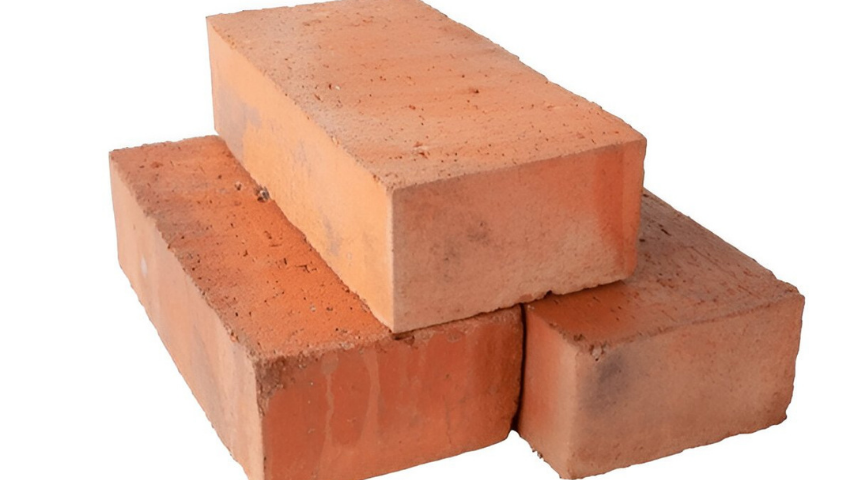
2. Flyash Bricks
Flyash bricks are made from fly ash, lime, gypsum, and sand, making them an eco-friendly alternative to traditional clay bricks. These bricks are gaining popularity in modern construction because they utilize industrial waste and require less energy to produce.
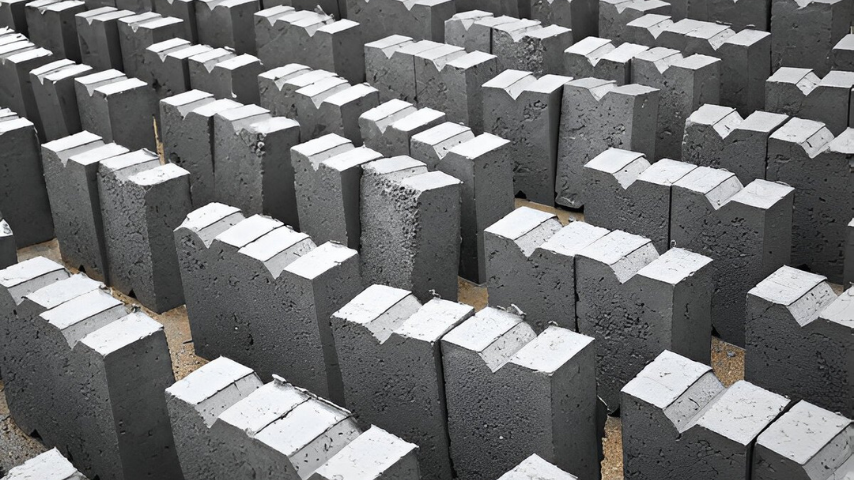
Features & Benefits:
✔ Lightweight, yet strong and uniform in size
✔ Better thermal insulation than clay bricks
✔ Minimal water absorption, reducing efflorescence
Common Uses:
✔ Walls for houses and apartments
✔ Non-load-bearing partitions
✔ Cost: ₹6–₹8 per brick
3. Hollow Bricks
Hollow bricks are perforated with cavities inside, reducing their weight and improving thermal performance. They are made of clay or concrete and are especially useful in modern architecture for energy efficiency.
Features & Benefits:
✔ Lightweight, making them easy to handle.
✔ Reduces dead load on the structure.
✔ Provides good sound and heat insulation
Common Uses:
✔ High-rise buildings
✔ Partition walls and non-load-bearing walls
✔ Cost: ₹20–₹50 per piece (Based upon the size)
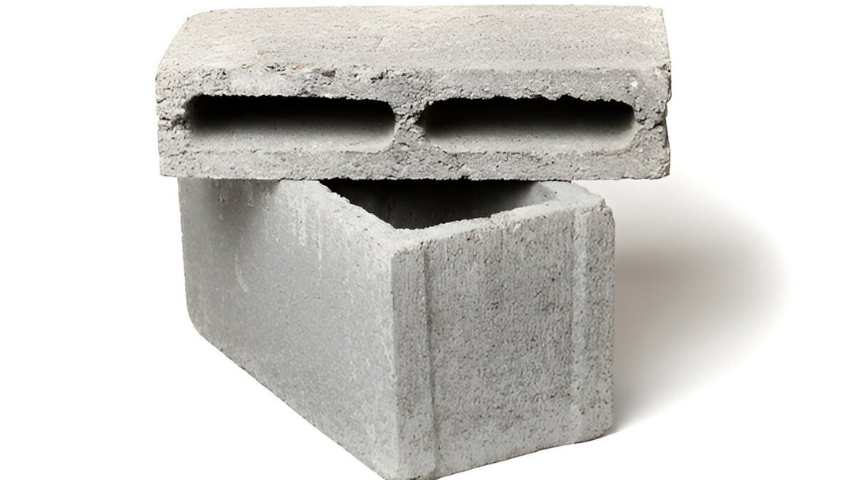
4. Interlocking Bricks
Interlocking bricks are specially designed with grooves so they fit into each other without the need for mortar. These are considered sustainable and reduce construction time significantly.
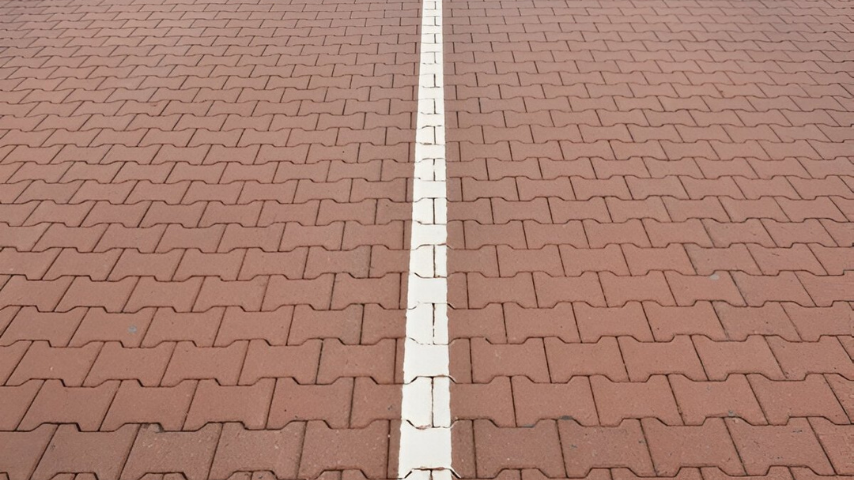
Features & Benefits:
✔ Dry construction—no cement mortar needed
✔ Faster installation and cost-saving
✔ Environmentally friendly
Common Uses:
✔ Retaining walls
✔ Boundary walls
✔ Low-rise buildings in eco-friendly projects
✔ Cost: ₹25–₹35 per piece
Brick’s Price in India
Brick prices vary by type and location. Here’s an average range:
- Red clay bricks: ₹11–₹14 per piece
- Fly ash bricks: ₹6–₹8 per piece
- Cement bricks: ₹6–₹8 per piece
- Hollow bricks: ₹20–₹50 per piece
- Interlocking bricks: ₹25–₹35 per piece
Cost per 1000 bricks (approx.): ₹9,000-₹12,000 for clay or flyash bricks.
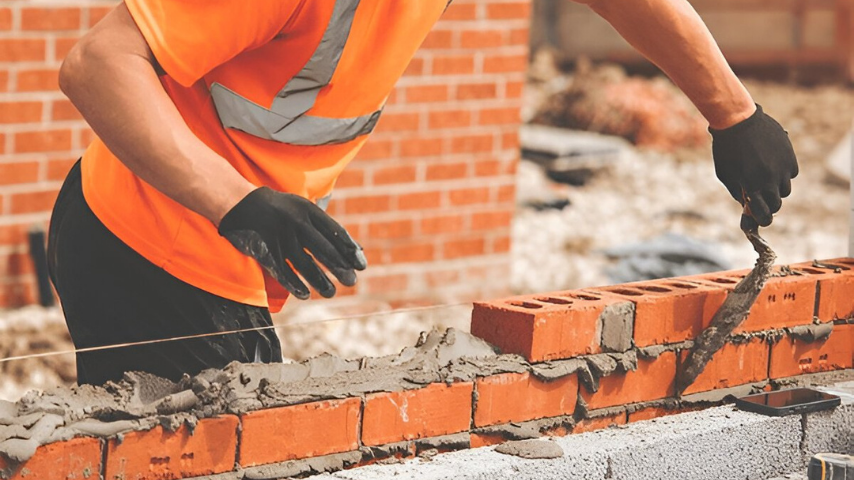
Uses of Bricks in Modern Construction
Bricks are not only a traditional building material but have also evolved into a key element in modern architecture and design. Here are some popular applications of bricks today:
1. Residential Walls
The primary and most common use of bricks is in constructing load-bearing and non-load-bearing walls for residential homes. Bricks offer strength, durability, and weather resistance, making them ideal for building houses, boundary walls, and compound walls.
2. Brick Wall Design
Exposed brick wall designs are a trending interior and exterior style. Homeowners and designers often leave bricks uncovered to create a rustic or industrial look.
Applications:
✔ Stylish brick walls for your living room or bedroom
✔ Garden walls and outdoor facades
✔ Café and restaurant interiors for aesthetic appeal
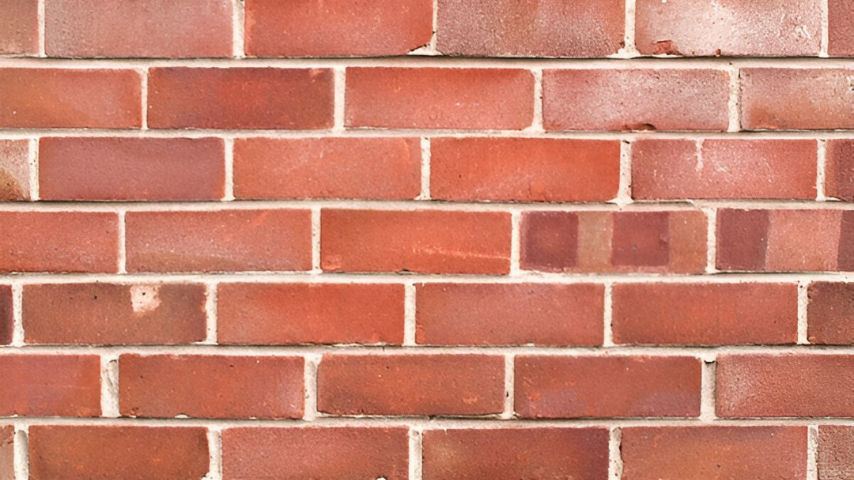
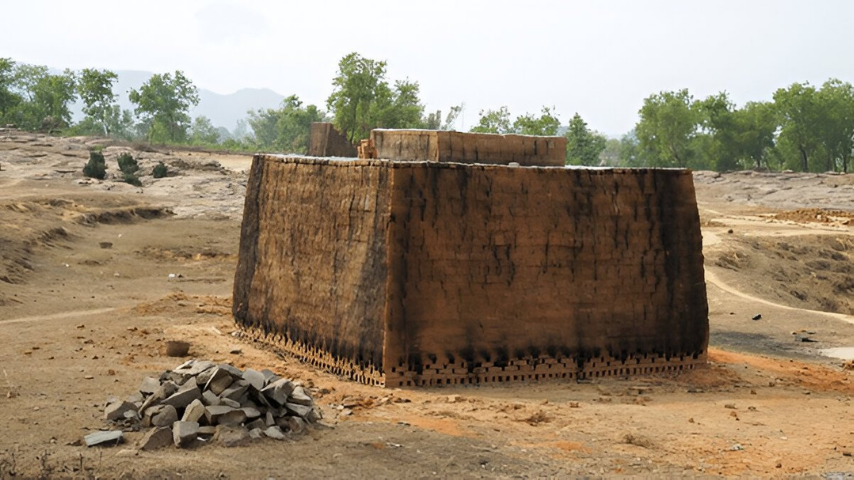
3. Brick Wallpaper
For those who love the charm of brick but prefer a cost-effective and lightweight option, brick wallpaper is a popular alternative. It mimics the look of real brick walls and is easy to install, making it a favorite in modern home décor.
4. Brick Ovens
Brick ovens are widely used in outdoor kitchens and restaurants for wood-fired cooking, especially for pizzas, bread, and traditional dishes. Fire bricks are often chosen for their ability to withstand high temperatures.
5. Heritage and Brick Castles
Bricks have been used for centuries in historical structures like castles, forts, and heritage buildings, proving their long-lasting strength. Even today, architects incorporate bricks into restoration projects and contemporary designs for a timeless and durable finish.
6. Outdoor Landscaping
Bricks are extensively used in garden paths, pavements, and patios for their aesthetic appeal and durability. Interlocking and cement bricks are commonly preferred for landscaping.
7. Commercial Buildings
Modern commercial projects, offices, and schools often use bricks for external facades to achieve a natural, warm appearance while maintaining structural integrity.
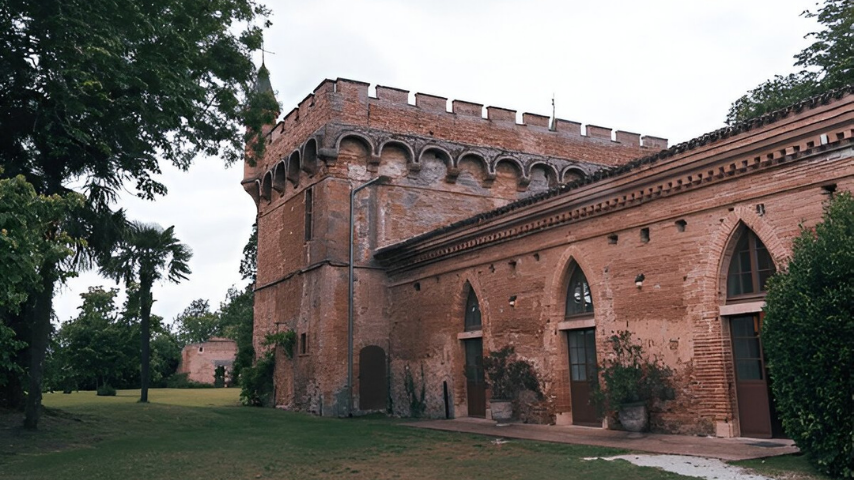
Advantages of Using different types of Bricks
Bricks have been the preferred construction material for centuries due to their numerous benefits. Here are the major advantages:
✔ Durable and fire-resistant bricks are strong, long-lasting, and highly resistant to fire, making them ideal for building safe and durable structures.
✔ Cost-Effective and Widely Available Bricks are affordable and easily available across regions, reducing transportation costs and making them a budget-friendly option for most construction projects.
✔ Good Thermal and Sound Insulation Brick walls provide excellent heat insulation, keeping interiors cooler in summer and warmer in winter. They also help in reducing external noise, offering better soundproofing.
✔ Eco-Friendly Options Available With innovations like flyash bricks and eco bricks, brick manufacturing now supports sustainability by using recycled or waste materials.
✔ Low Maintenance Brick walls require minimal maintenance compared to other construction materials, making them ideal for long-term use.
Disadvantages of Using different types of Bricks
Despite their popularity, bricks have some limitations:
✖ Labor-Intensive Installation
Brick masonry requires skilled labor and takes more time compared to modern alternatives like concrete blocks or prefabricated panels.
✖ Slower Construction
Bricklaying is a time-consuming process, especially for large-scale projects, delaying overall construction timelines.
✖ Limited Use in High-Rise Structures
Due to their weight and size limitations, traditional bricks are not commonly used in skyscrapers or high-rise buildings where lighter materials are preferred.
✖ Prone to Water Absorption
Bricks can absorb moisture if not properly sealed, which may lead to dampness in walls over time.
Tips to Choose the Best Types of Bricks for House Construction
✔ Prefer first-class bricks (uniform color, shape, and sound when struck).
✔ Check strength and water absorption (should not exceed 20%).
✔ For eco-friendly options, go for fly ash or interlocking bricks.
Comparison Table: Types of Bricks with Features & Price
Type of Bricks |
Material |
Features |
Price Range |
✔ Clay Bricks (Red) |
Natural clay |
Durable, fire-resistant |
₹11–₹14 per brick |
✔ Flyash Bricks |
Fly ash, lime, Gypsum |
Eco-friendly , smooth finish |
₹6–₹8 per brick |
✔ Hollow Bricks |
Clay or Concrete |
Lightweight, thermal insulation |
₹20–₹50 per piece |
✔ Interlocking Bricks |
Compressed Soil/Concrete |
No mortar needed, quick installation |
₹20–₹35 per piece |
✔ Cement bricks |
Cement & Aggregates |
Strong, good for pavement |
₹6–₹8 per brick |
Why Bricks Remain the Backbone of Building Design
Noah Infrastructures is recognized as one of the best construction company in Chennai, offering comprehensive design and build solutions for residential, commercial, and industrial projects. With a focus on quality, timely delivery, and sustainable practices, Noah combines innovative architecture with strong engineering expertise. From planning and statutory approvals to complete execution and interiors, the company provides end-to-end services under one roof, ensuring seamless project management and client satisfaction.
Conclusion: Types of Bricks for Construction
Bricks have stood the test of time as one of the most reliable and versatile building materials in the world. From traditional red clay bricks to modern options like fly ash bricks, hollow bricks, and interlocking bricks, they offer durability, strength, and aesthetic appeal. Whether you’re constructing a home, designing interiors with brick wall designs, or adding functionality with brick ovens—understanding types of bricks, prices, and properties ensures the best results for your project.
As sustainable building practices grow, eco-friendly choices like flyash and eco-bricks are becoming increasingly popular. While these types of bricks have some limitations compared to modern alternatives, their strength, affordability, and timeless beauty make them an essential part of architecture and construction today and for the future.
FAQs : Types of Bricks
1. What is brick?
A rectangular block used for building walls and structures, typically made from clay, cement, or fly ash.
2. How to calculate bricks for a wall?

Example: For a 10 ft × 10 ft wall (9-inch thickness), approx. 500–550 bricks are needed.
3. How many bricks in one square foot?
Around 7–8 bricks per sq. ft. for a 9-inch wall.
4. How many bricks are in 1 cubic meter?
Approximately 500 standard-size bricks.
5. What is the price of bricks in India?
₹9000–₹12000 per 1000 bricks (clay or fly ash).
6. Which are the best bricks for house construction?
Red clay bricks and fly ash bricks are the most popular choices.
7. What are the 4 types of bricks?
Clay bricks, fly ash bricks, hollow bricks, and interlocking bricks

